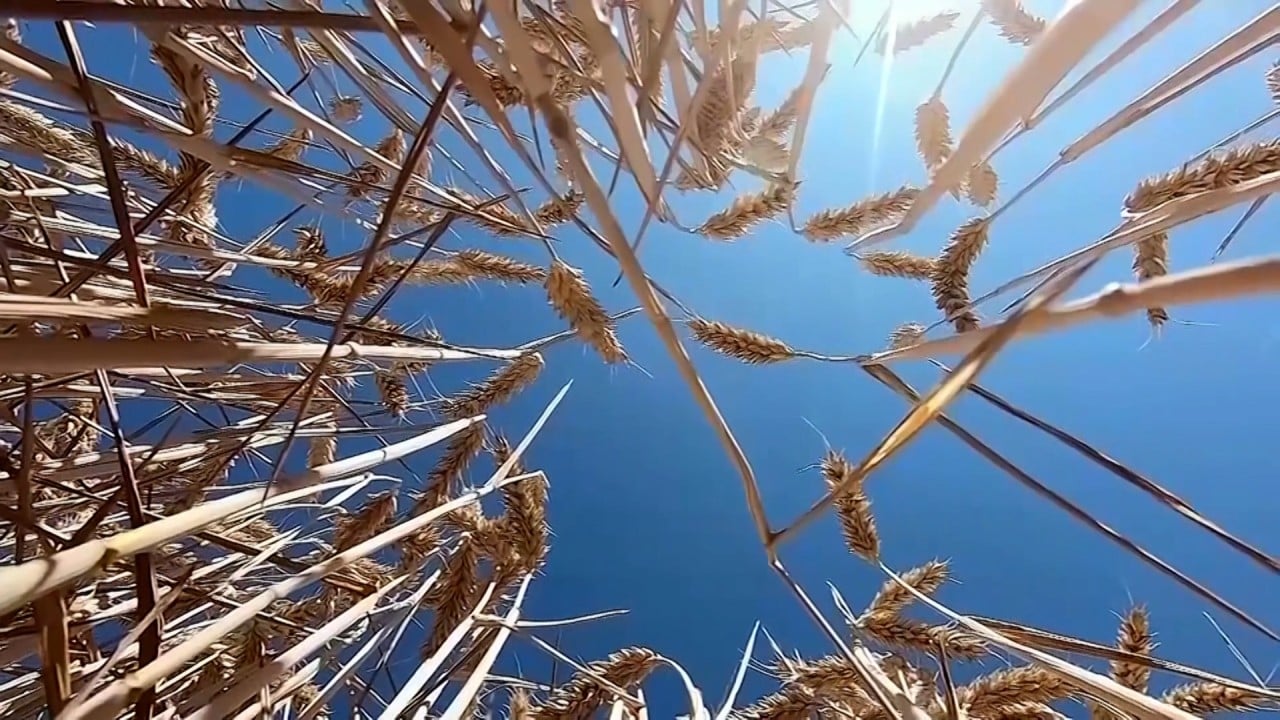Will China’s zero-Covid policy further snarl India’s slowing GDP growth?
- India’s GDP grew 8.7 per cent in the year to March, and while that rate may be cut to 7 per cent in the next 12 months, it’s higher than China’s 2022 forecast
- China’s pandemic measures, market shocks from Russia’s invasion of Ukraine and inflation are all expected to have an impact on India’s GDP

Supply shocks from China’s zero-Covid policy, inflation at multi-year highs and economic spillovers from Russia’s invasion of Ukraine are clouding the outlook for India whose gross domestic product (GDP) grew by 4.1 per cent in the quarter starting in March, its slowest pace in 12 months.
The economy expanded by 8.7 per cent in the full 2021-22 financial year, falling shy of the government’s 8.9 per cent target. But the growth was still the fastest of big countries, giving a boost to the government of Prime Minister Narendra Modi, who has been in power for eight years and is likely to run for a third term in 2024.
The expansion marked a sharp turnaround from the previous year when the economy contracted by an unprecedented 6.6 per cent, slammed by the pandemic.
“I’d very happily place a bet against India getting into a recession,” Nageswaran said after the data’s release on Tuesday. But he added that “we must also consider global impacts; China supply chain bottlenecks will have an impact” on growth.

